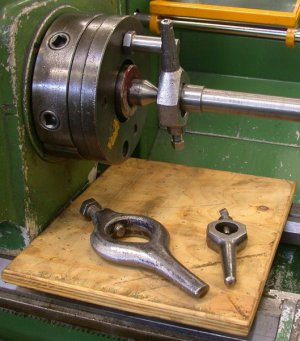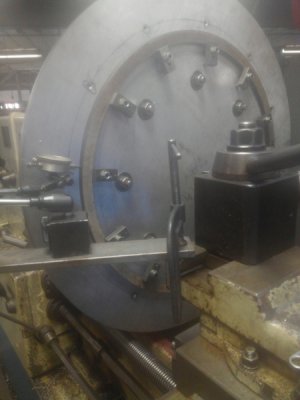Hi all, I worked in a machine shop for about 6 months as a trainee. Long story short I couldn't commute 100 miles each way to justify the job.
Whilst I was in this work I never used a faceplate. I have some faceplates that I got with my lathe when I bought it years ago. I have no idea how to use them, or why I'd use them. I'm assuming it's for items that aren't round?
Anyone able to give me a bit more info on them?
Here's the plates I have.
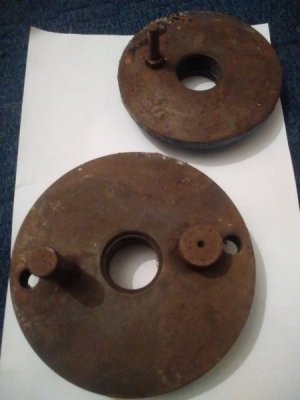
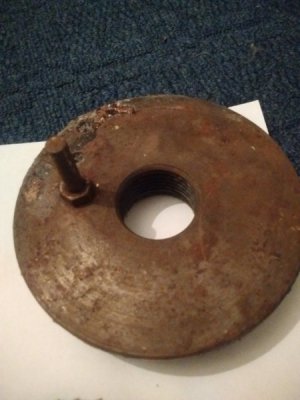
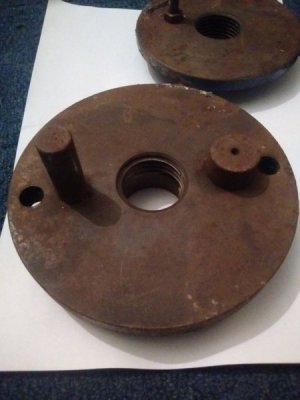
Whilst I was in this work I never used a faceplate. I have some faceplates that I got with my lathe when I bought it years ago. I have no idea how to use them, or why I'd use them. I'm assuming it's for items that aren't round?
Anyone able to give me a bit more info on them?
Here's the plates I have.







